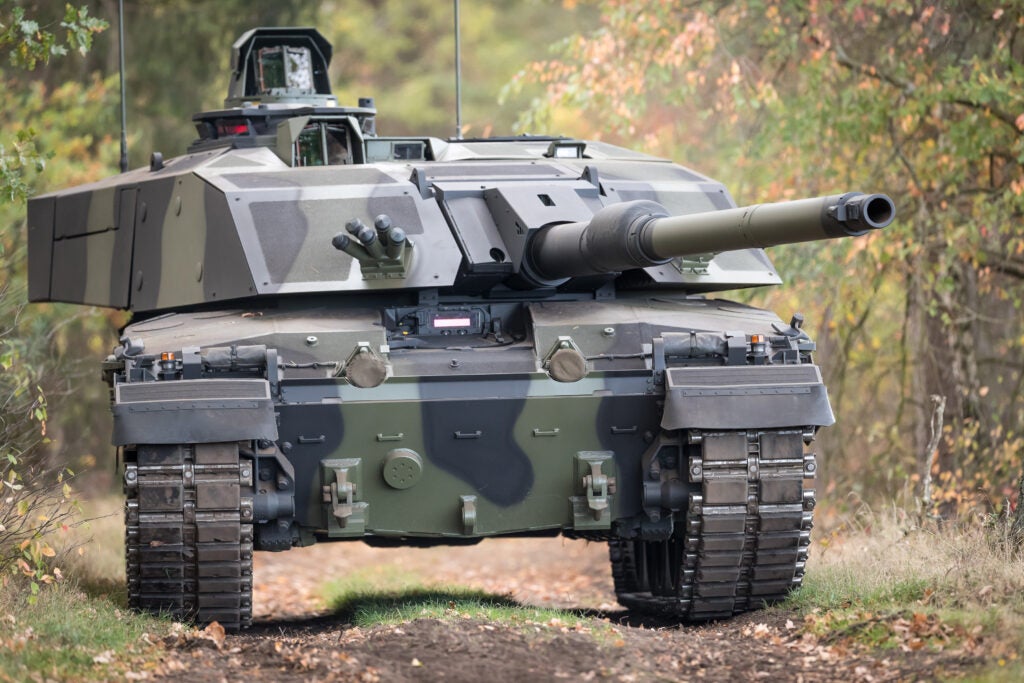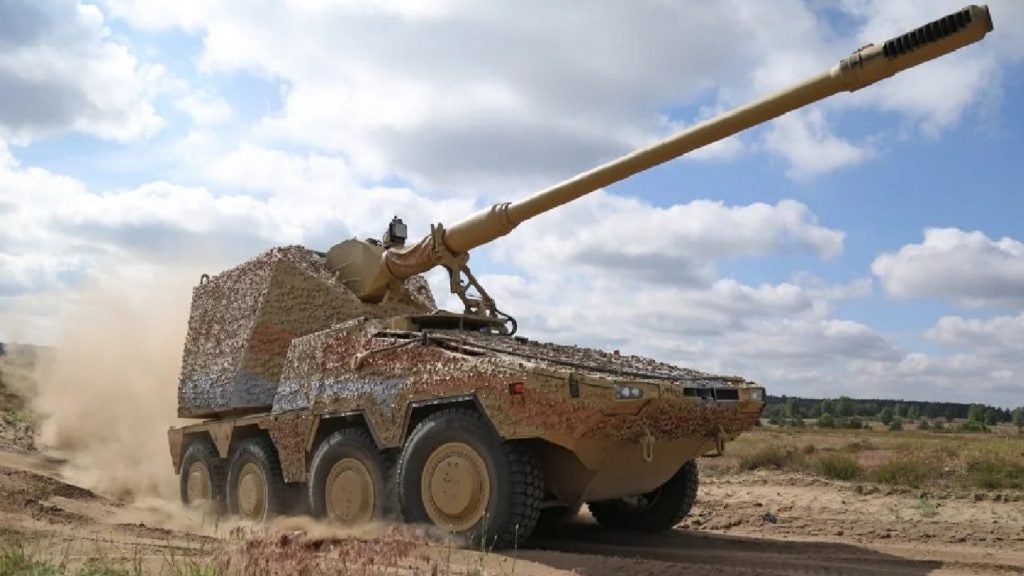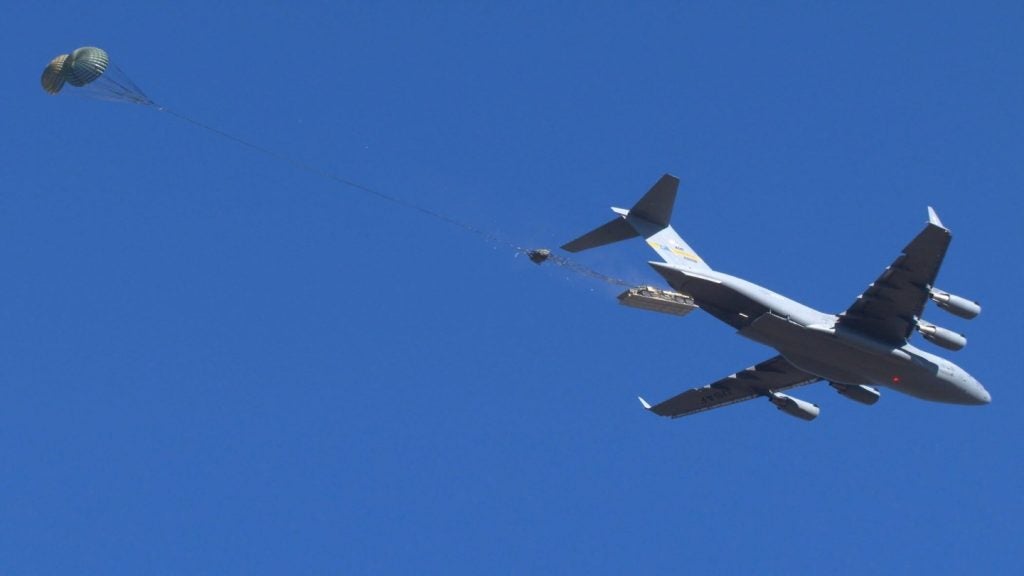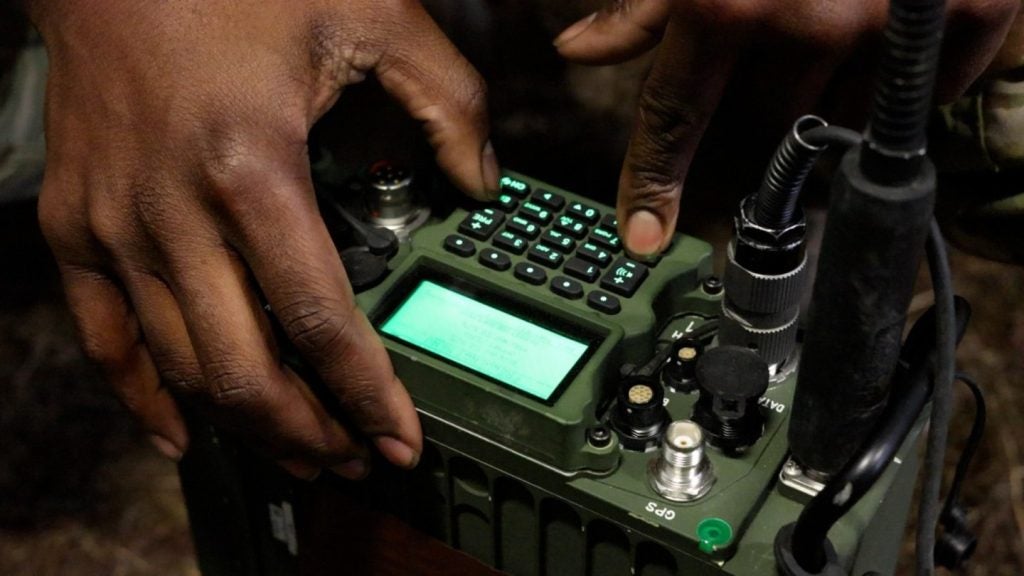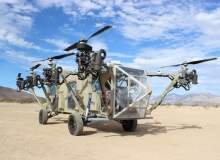

Members of the US Defense Advanced Research Projects Agency (DARPA) team which launched the Transformer, or TX, programme in 2009 were probably hoping to answer that idiomatic question with, "In the car park!" by now. While this isn’t quite the case yet, one technology demonstrator inspired by the TX programme has recently taken to the air, albeit just a few feet off the ground, and other alternatives are fomenting on drawing boards and laboratories. However, the term ‘flying car’ must have proven bit too twee for the DARPA boffins, who instead settled on the more military-friendly term ‘roadable aircraft’.
For most theatres, road transportation is the most practical, economical and safe option for delivering troops and supplies to the front line. The idea behind the TX programme is that when a road vehicle encounters difficult terrain or threats such as IEDs or mines, it could use rotors to take off vertically and land on a safer stretch of road further down the route. This would offer a practical alternative to helicopters, which are often in short supply, expensive to operate and vulnerable when flying in open airspace.
Lockheed Martin’s Skunk Works was with TX from the outset, and its original flying car for four passengers has developed into ARES, a flight module with interchangeable payloads. Totally independently, Advanced Tactics’ is the latest to throw its hat into the ring, demonstrating its Black Knight Transformer.
Lockheed Martin Skunk Works ARES
When Lockheed Martin’s Skunk Works gets involved in a project, you can be sure it will deliver some pretty cutting-edge aviation ideas. While bursting at the seams with conventional flight experts, to deliver a workable roadable truck it turned to the de facto expert in flying cars, Piasecki Aircraft, for the requisite nous. Piasecki has a substantial claim to being the first in the field, having flown its dual-rotor VZ-8 Airgeep prototype flying jeep as far back as 1958.
See Also:
From Bat Bombs and exploding rats to coal torpedoes and the skunk weapon, Army-technology.com reveals some of the world’s strangest weapons.
How well do you really know your competitors?
Access the most comprehensive Company Profiles on the market, powered by GlobalData. Save hours of research. Gain competitive edge.

Thank you!
Your download email will arrive shortly
Not ready to buy yet? Download a free sample
We are confident about the unique quality of our Company Profiles. However, we want you to make the most beneficial decision for your business, so we offer a free sample that you can download by submitting the below form
By GlobalDataWhile the original TX requirement was for a four-person logistics and mobility vehicle, the companies saw the potential of the concept for transporting and resupplying troops in austere terrain. Since 2010, the two companies have together been developing ARES, which stands for Aerial Reconfigurable Embedded System, an autonomous VTOL delivery system.
Fitted with twin tilting fans, the ARES flight module can be effectively clipped onto a range of payloads for different missions, whether cargo delivery, personnel transport, casualty evacuation or reconnaissance. It takes off, hovers and lands using twin ducted tilting fans that can deliver speeds of up to 200 knots (370 km/h).
Functioning as a standalone aircraft, the flight module has its own power system, fuel, digital flight controls and remote command-and-control interfaces. It can land in a space half the size of that needed by helicopters, and is controlled via a smartphone or tablet, though it could carry out its job without a human pilot overseeing it. Lockheed’s concept is that the module could fly alone or carrying a module between its home base and its destination and exchange purpose-specific modules as required. Work on the prototype development phase began in January.

Black Knight Transformer
Although it didn’t participate in DARPA’s TX programme, Californian land, sea and air transport innovator Advanced Tactics may have stolen a march on its more experienced rival by getting its flying truck solution airborne first.
In April, the company carried out the first test flight of its Black Knight Transformer road-driveable multi-copter in the Southern Californian desert. During the demonstration, its stability and attitude were controlled by autopilot, with a remote backup pilot issuing commands to increase or decrease overall power. The aircraft completed multiple short hover flights limited to an altitude of just ten feet, although in operation it will be capable of flying thousands of feet above the ground.
Although the demonstrator is a clunky four-wheeler, like ARES the ultimate aim of the Black Knight’s is to combine the capabilities of a helicopter with a modular payload system. The drivetrain can be detached from the flight system and replaced with an amphibious boat hull, cargo pod or ISR pod.
Advanced Tactics is also currently developing an autonomous modular version of the AT Transformer, capable of delivering up to 3,500 lb payloads in a detachable cargo pod and capable of hovering for over 19 hours with a 150 lb ISR payload.
Under development since 2010, the feasibility of the design was initially studied by the US Army Aeroflightdynamics Directorate and NASA Ames Research Centre. The technology demonstrator was developed with less than US$2m in US government funding as part of the US Marine Corps Warfighting Laboratory’s Enhanced MAGTF Operations Aerial Delivery programme.
The two main missions for which it was designed are casualty evacuation, where it lands in a safe pick-up zone before driving to a military hospital, and cargo resupply missions using a variety of interchangeable ground vehicle modules. The ground drivetrain could even be replaced with helicopter wheels or skids, or a boat hull to extend its capabilities to the water.
Advanced Tactics is currently actively seeking investors and customers to take its technology forward.
Flying trucks taking off
Thanks to advances in technology and scientific research, soldiers no longer have to endure the torture of canned rations.
As Piasecki’s Airgeep shows, the concept of a military hybrid flying truck has been rustling around drawing boards for decades, but along the way failed blueprints have littered many a laboratory floor.
One effort which might still see the light of day was led by Textron subsidiary AAI. It participated in the first few rounds of DARPA TX programme alongside Lockheed, working with fellow Textron businesses Bell Helicopter and Textron Marine & Land Systems, Carter Aviation Technologies and the US Army Research Laboratory – Vehicle Technology Directorate. The team also had a flying car specialist of its own up its sleeve -Terrafugia.
Its design, dubbed Transformer, was a multi-mission wheeled aircraft using trademarked Slowed Rotor/Compound technology, which combines fixed-wing aircraft with a rotor VTOL capability. AAI’s offering has gone quiet, but industry pundits suspect it may re-emerge when a suitable tender comes up or just to show its competitors it’s still got what it takes.
Although armed forces and industry have long sought a flying truck to no avail, the military’s demand for modular multi-purpose systems for challenging new theatres means the concept may yet prove to have wings.
Follow Berenice Baker on Google+


.gif)

